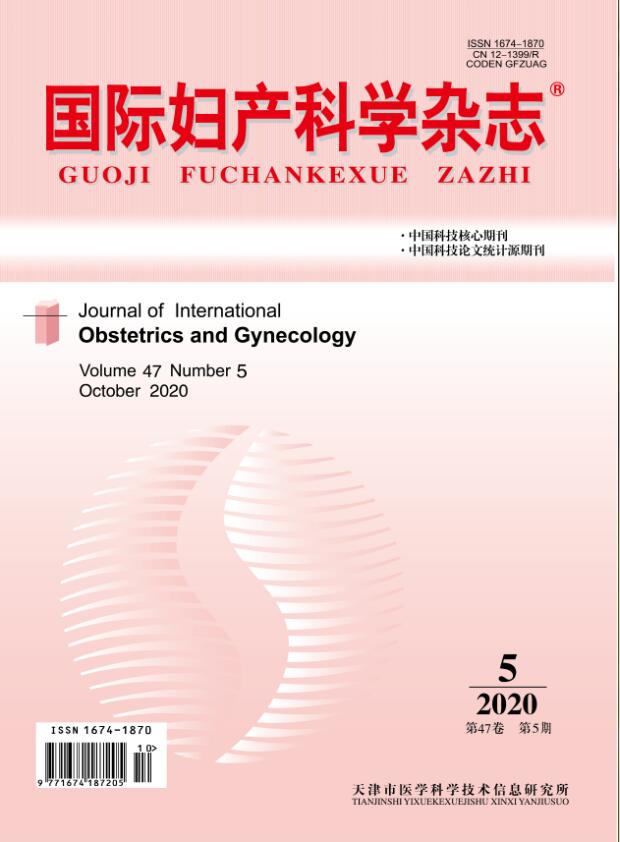|
|
Survey of Pregnancy Complications and Outcomes of the Multiparous Maternal with Extremely Advanced Age
JIA Zhao-xia, HUANG Li-li, ZHAO Yong-xian, WU Ming-hui
2019, 46 (5):
507-511.
Objective:To explore the characteristics of perinatal complication and pregnancy outcome in elderly multipara, and to provide guidance for prevention of adverse perinatal outcomes in elderly multiparas. Methods: Six midwifery institutions from the Chaoyang and Haidian districts in Beijing were selected. All of multiparous maternal who were pregnant over 28 weeks and delivered in these six institutions from November 2016 to February 2017 were divided into three groups according to the age of maternal. There were 198 multiparas in super-advanced age group (≥ 40 years old), 1 110 cases in general advanced age group (35~39 years old) and 1 645 cases in non-advanced age group(<35 years old). This article makes a cross-sectional investigation on the general demographic data, pregnancy coexisted diseases and complications, and the health status of the newborn, and compares the differences of pregnancy complications and adverse pregnancy outcomes among different groups of women. Results: ①The proportions of C-section in the super-advanced age group and the general advanced age group was higher than that in the non-advanced age group. It was 27.3%, 22.1%, and 16.8%, respectively, and the differences were statistically significant (all P ′<0.017). The gestational age of delivery in the super-advanced age group were smaller than that in the non-advanced age group (P ′<0.017). ②After adjusting for factors such as weight gain during pregnancy, mode of delivery, number of foetuses and gestational age of delivery, the risk of gestational hypertension, gestational diabetes mellitus, postpartum hemorrhage and multiple (≥2) abortion in the super-advanced age group was higher than that in the non-advanced age group. The odds ratios (OR) were 3.70, 1.98, 1.74, 3.44, respectively (all P<0.05). The risk of thyroid diseases (including hypothyroidism, subhypothyroidism, and hyperthyroidism) was lower than that of non-advanced age group (OR=0.40, P=0.032). The risk of placental-related diseases and critically illnesses showed no statistically significant among the two groups. The risk of gestational hypertension, gestational diabetes, multiple (≥2) abortions in general advanced age group was higher than that in non-advanced age women, and their OR values were 1.92, 1.57, 1.76, respectively. The differences were statistically significant. ③Compared with non-advanced age group, the risk of neonatal transferred to neonatal intensive care unit (NICU) and the risk of neonatal respiratory distress syndrome were higher in super-advanced age group. The OR values were 2.11 and 4.28, and the differences were statistically significant. The risk of neonatal respiratory distress syndrome in the general advanced age group was higher than that in the non-advanced age group (OR=2.11). The difference was statistically significant. Conclusions:The risk of adverse pregnancy outcomes in super-advanced age group is higher than that of non-elderly maternal. For women of childbearing age who are likely to become parturients of super-advanced age, their physical health should be fully evaluated before pregnancy, and health management before pregnancy should be strengthened. Perinatal follow-up and management should be carried out strictly for those who have become very parturients of super-advanced age, so as to reduce the occurrence of adverse pregnancy outcomes.
References |
Related Articles |
Metrics
|

